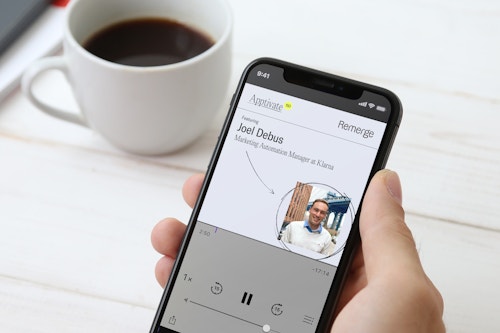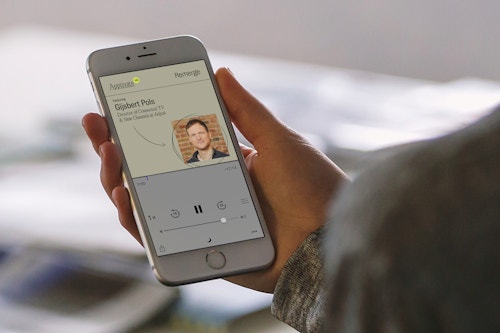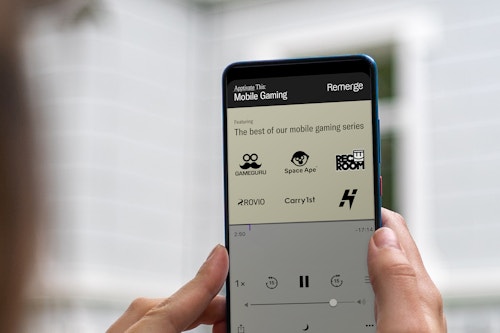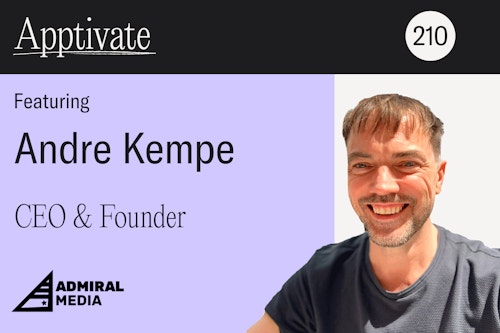Ep 150: The 3 markers of good marketing automation
January 17, 2023

Joel Debus is the Marketing Automation Manager at Klarna, a “buy now, pay later” shopping app. In this episode, Joel breaks down what good marketing automation looks like and how to implement the best approach. Joel discusses identifying trigger points in the customer journey, scaling automation, personalization based on user behavior, and using a “working backward” methodology.
Listen and subscribe
Questions Joel Answered in this Episode:
- What got you into CRM? And what brought you to Klarna?
- What does Klarna focus on?
- What does marketing automation mean to you? And what does good marketing automation look like?
- How do you identify a trigger point and create a marketing automation sequence behind it?
- Does the mapping out of the trigger points help determine the personalization strategy?
- How do you create easily scalable marketing automation?
- Is there anything you do to take qualitative data into account? Have you ever found that something you thought made sense based on the data didn’t work out in the end?
- Do you have a framework for A/B testing that uses data science to ensure you’ve reached some degree of statistical significance so you can draw conclusions?
- What is the hardest part of your job? What’s the part you love the most about working in CRM?
Timestamp:
- 3:20 Joel’s background
- 6:33 What is Klarna
- 10:07 What is marketing automation?
- 11:05 What makes good marketing automation?
- 12:23 Contextual mapping of trigger points
- 15:24 Scaling marketing automation
- 17:30 Qualitative data & testing
- 23:15 Challenges of the job: contamination and cohesion
- 25:46 What Joel loves about working in CRM
Quotes:
(11:07-11:14) “The best marketing automations are the ones that can scale quickly, meaning it doesn’t require a lot of manual maintenance.”
(12:24-12:48) “A good way to think about what consumers are doing on your app or website is the working backwards methodology. In my case, for example, I look at when a user makes a purchase. With data that I get or with analysts I can see what’s the thing they do right before that, what’s the thing they do right before that, and etcetera.”





